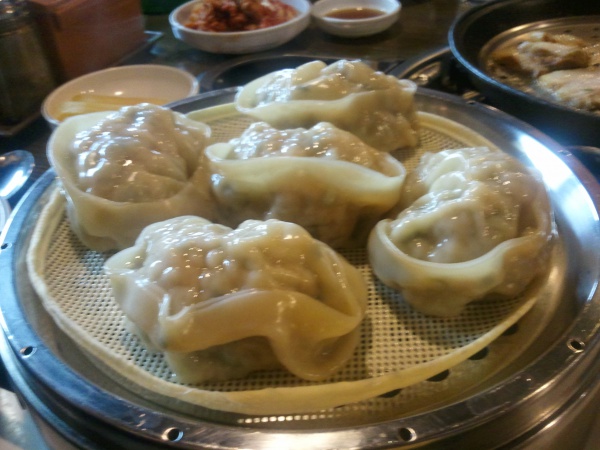Facts About Mandu
Mandu, a cherished staple in Korean cuisine, are dumplings that can be prepared in various ways, including steaming, boiling, pan-frying, or deep-frying. Once a delicacy in Korean royal court cuisine, mandu are now readily available in supermarkets, restaurants, and snack shops throughout Korea.
The term "mandu" is believed to have its origins in similar meat-filled dumplings from the Silk Road in Central Asia. These dumplings have counterparts in Chinese, Japanese, and Mongolian cuisines, known as jiǎozi and borts, respectively.
Mandu's history in Korea dates back to the 14th century during the Goryeo Dynasty, introduced by Yuan Mongolians. However, some theories suggest that mandu might have arrived in Korea even earlier via trade routes like the Silk Road from the Middle East. Today, you can find various styles of mandu, from grilled to steamed to boiled, with unique regional variations in North Korea.
There are several types of mandu, including:
- Gun-mandu: Grilled or fried
- Jjin-mandu: Steamed
- Mul-mandu: Boiled
Other varieties include Wang mandu, Pyeonsu, Eo-mandu, Saengchi-mandu, Kimchi-mandu, and more, each offering different fillings and cooking methods.
Mandu also feature in dishes like Manduguk, a hearty Korean soup made with mandu and beef broth. These dumplings bear similarities to those found in other cuisines, such as buuz in Mongolia, mantı in Turkey, jiǎozi in China, and gyoza in Japan.
In popular culture, mandu have made appearances in films and TV shows, such as the South Korean movie "Oldboy" and the animated series "Kipo and the Age of Wonderbeasts."

 North Korea
North Korea